Volcanoes in Art: A Gallery of Climate Change Clues

Mount Tambora
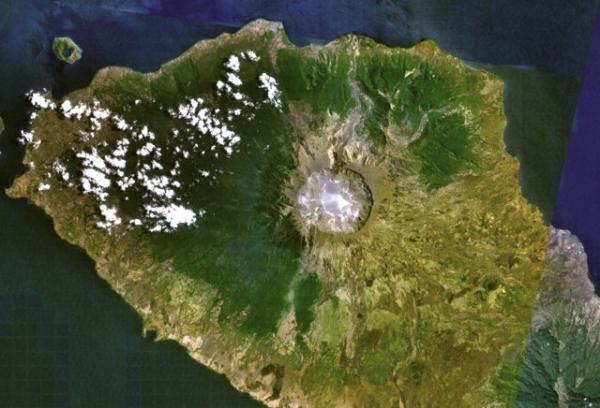
Mount Tambora volcano on Indonesia's Sumbawa Island was the site of the world's largest historical eruption in April 1815.
Moonrise on the Yare
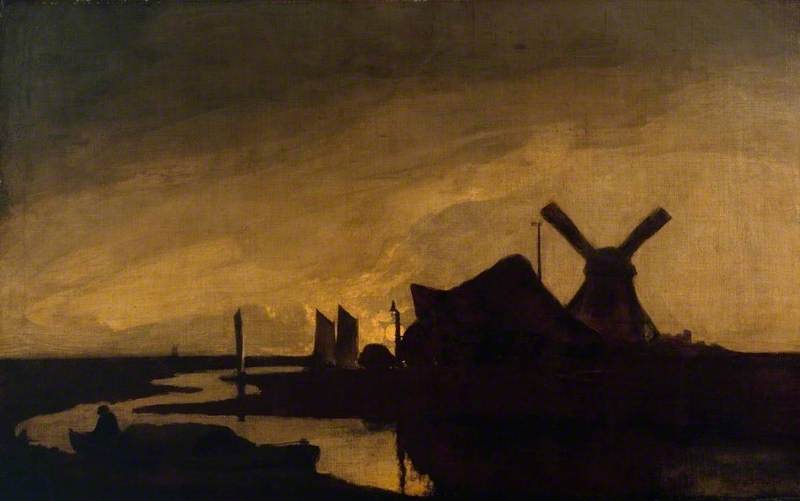
An 1816 painting by John Crome shows the effects of atmospheric pollution following the 1815 Tambora eruption.
Yarmouth Harbour - Evening

Skies had cleared by 1817, when John Crome painted this picture.
Searching for climate clues
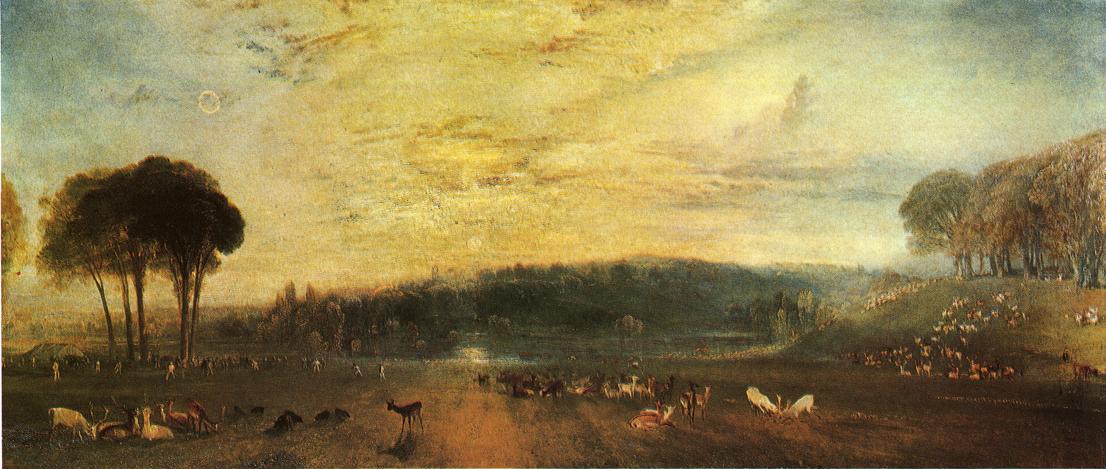
An 1829 painting by J.M.W. Turner analyzed to gain insight into climate change caused by volcanic eruptions.
Krakatoa disaster
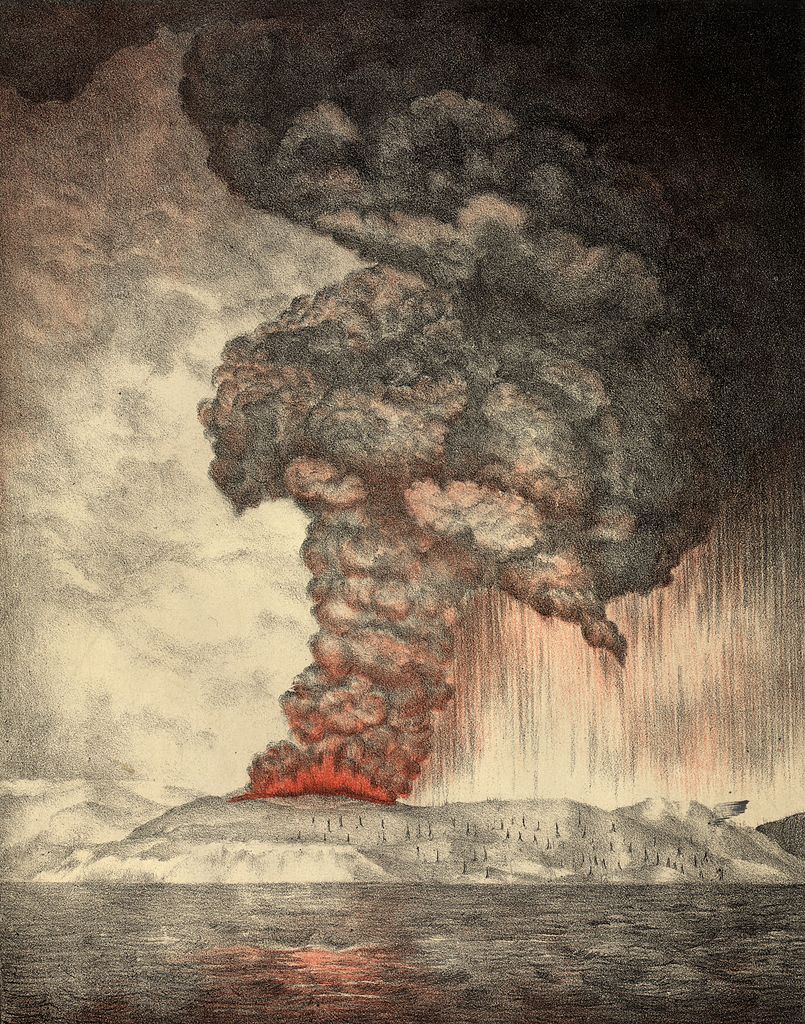
An 1888 lithograph of the 1883 eruption of Krakatoa.
Fable
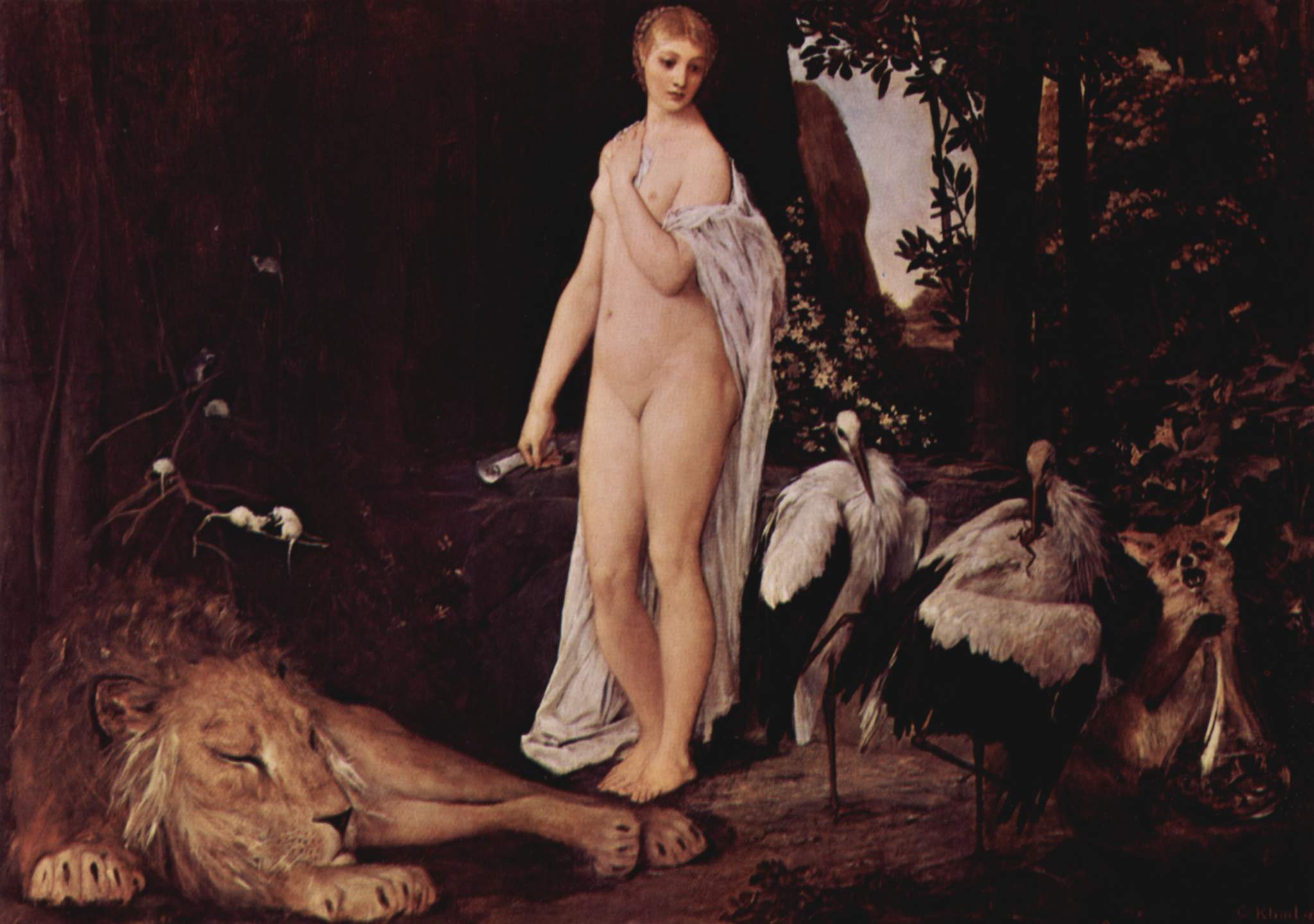
This painting by Gustav Klimt was created in 1883, the same year as the Krakatoa eruption. Researchers analyzed the color of the sky to gauge atmospheric pollution levels in the past.
An Autumn Idyll

Sunsets were still affected by Krakatoa two years after the eruption, as seen in this 1885 painting created in Britain by John Atkinson Grimshaw.
Get the world’s most fascinating discoveries delivered straight to your inbox.



